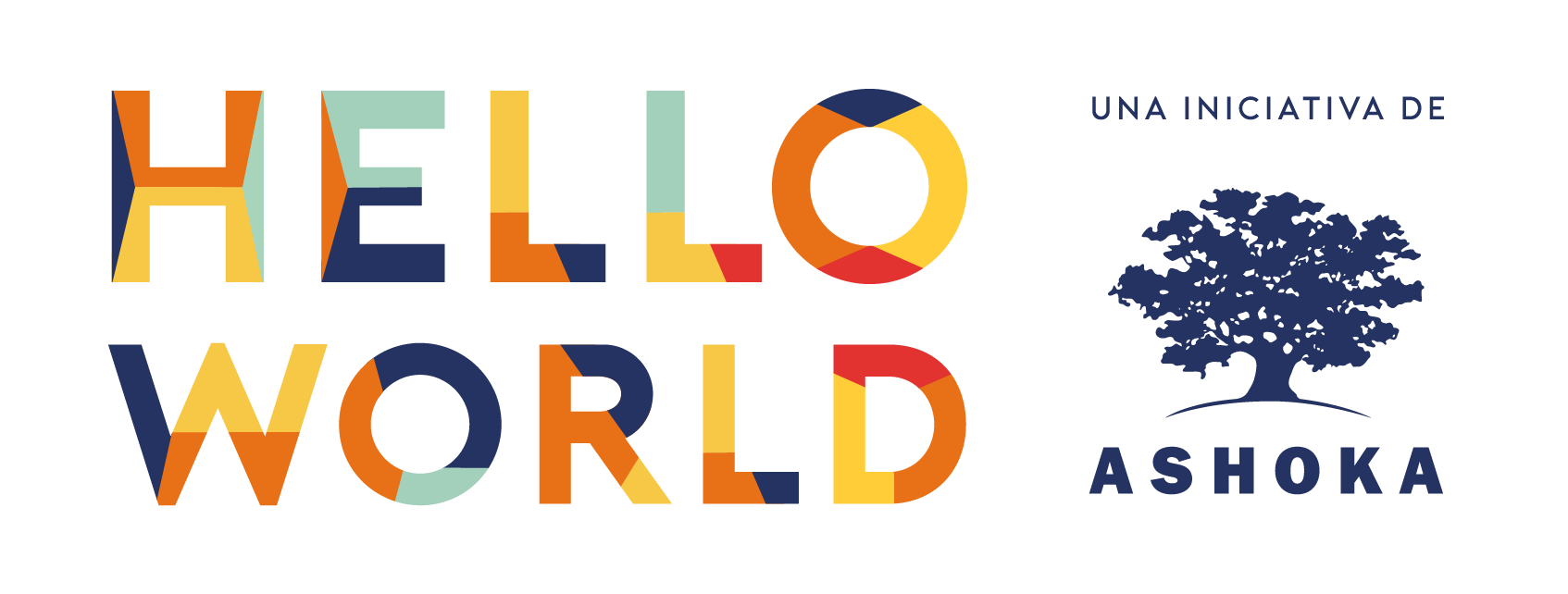Stepping Up: Ukrainian refugees, changemaking and how to make Europe a better place for all
365 changemakers from Czechia, Germany, Hungary, Poland, Romania, and Slovakia shared their challenges and their vision for the future of the ecosystem. The report celebrates the way they rose to the occasion and draws a picture of how Europe can and should step up: how to engage refugees if we want to go beyond crisis relief towards re-framing refugees as changemakers.
Stepping Up report highlights the diversity of the solutions offered by those changemakers and their self-perception, the issues of mental health and access to funding. It addresses such barriers as harmful narratives and propaganda and outlines the mindset shifts that need to take place in order for refugees to be seen as a positive force and valued for their contribution.

